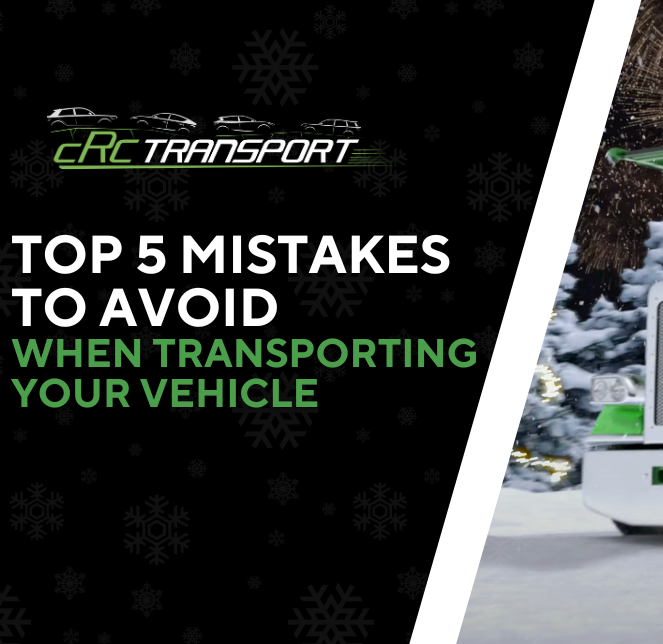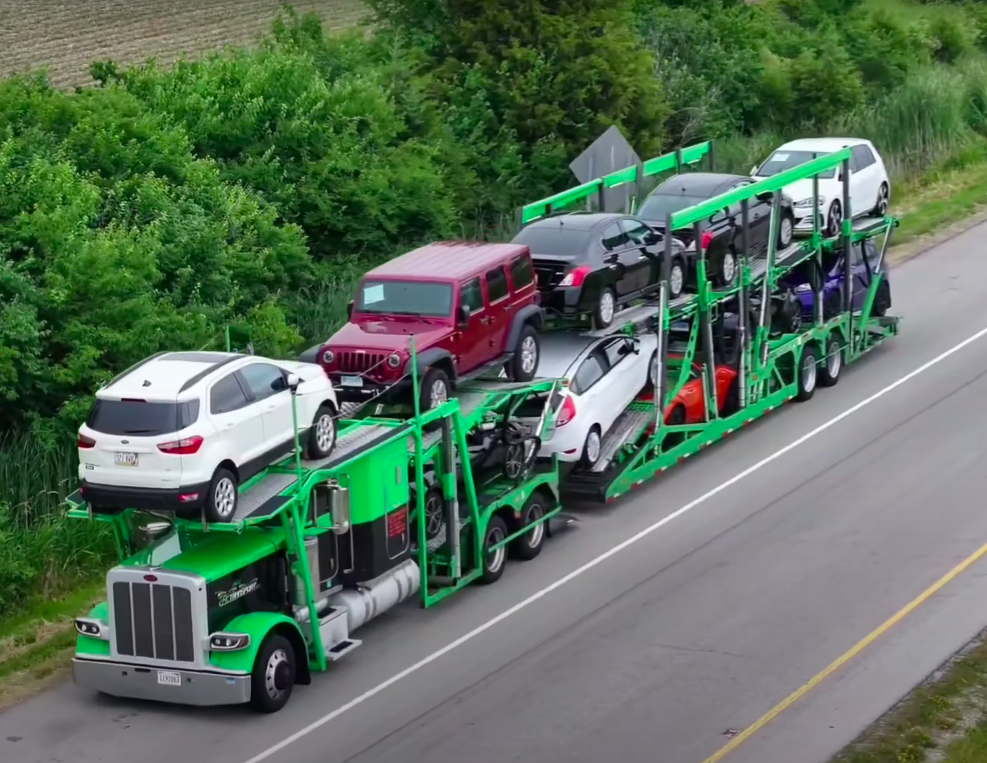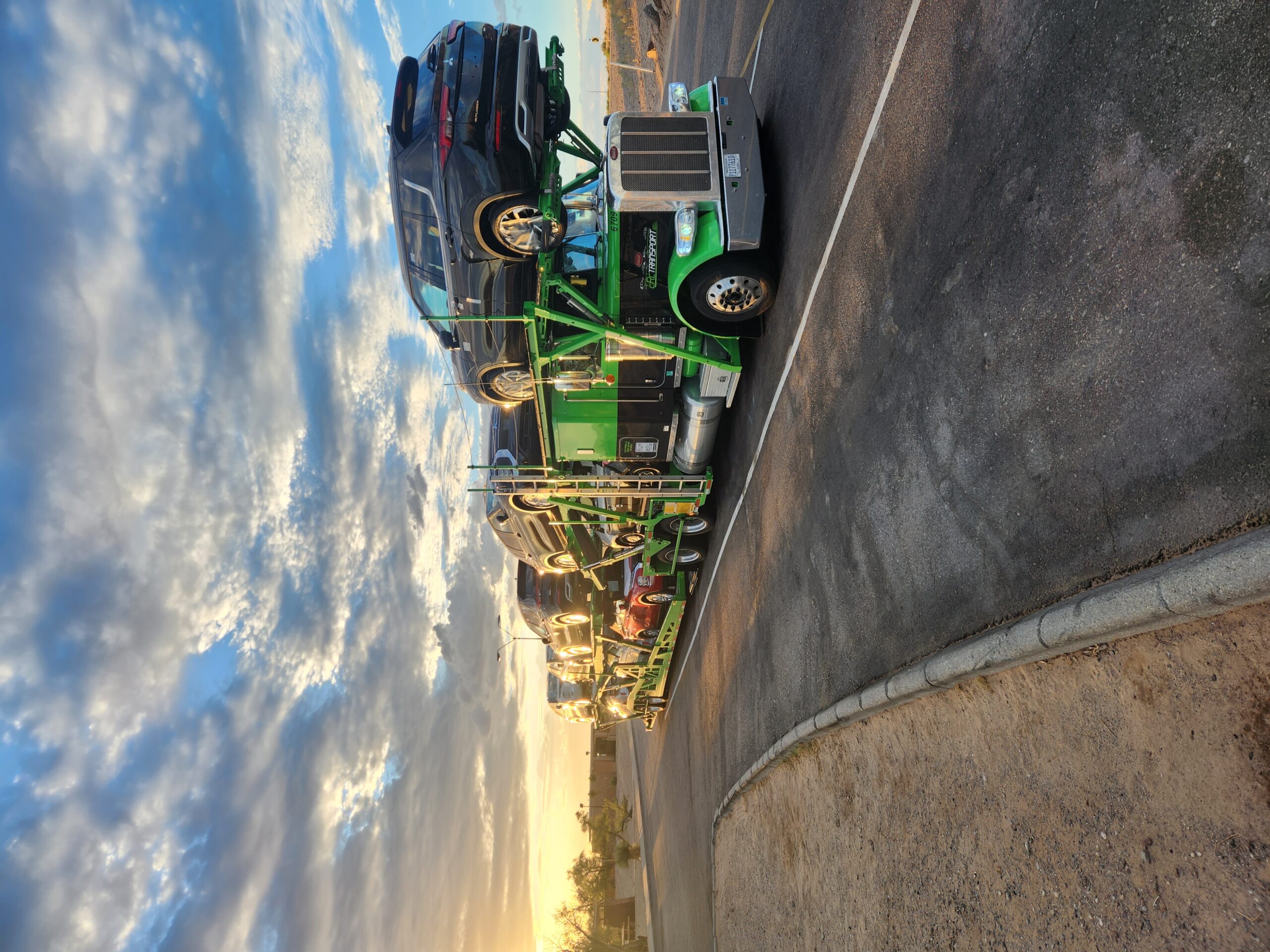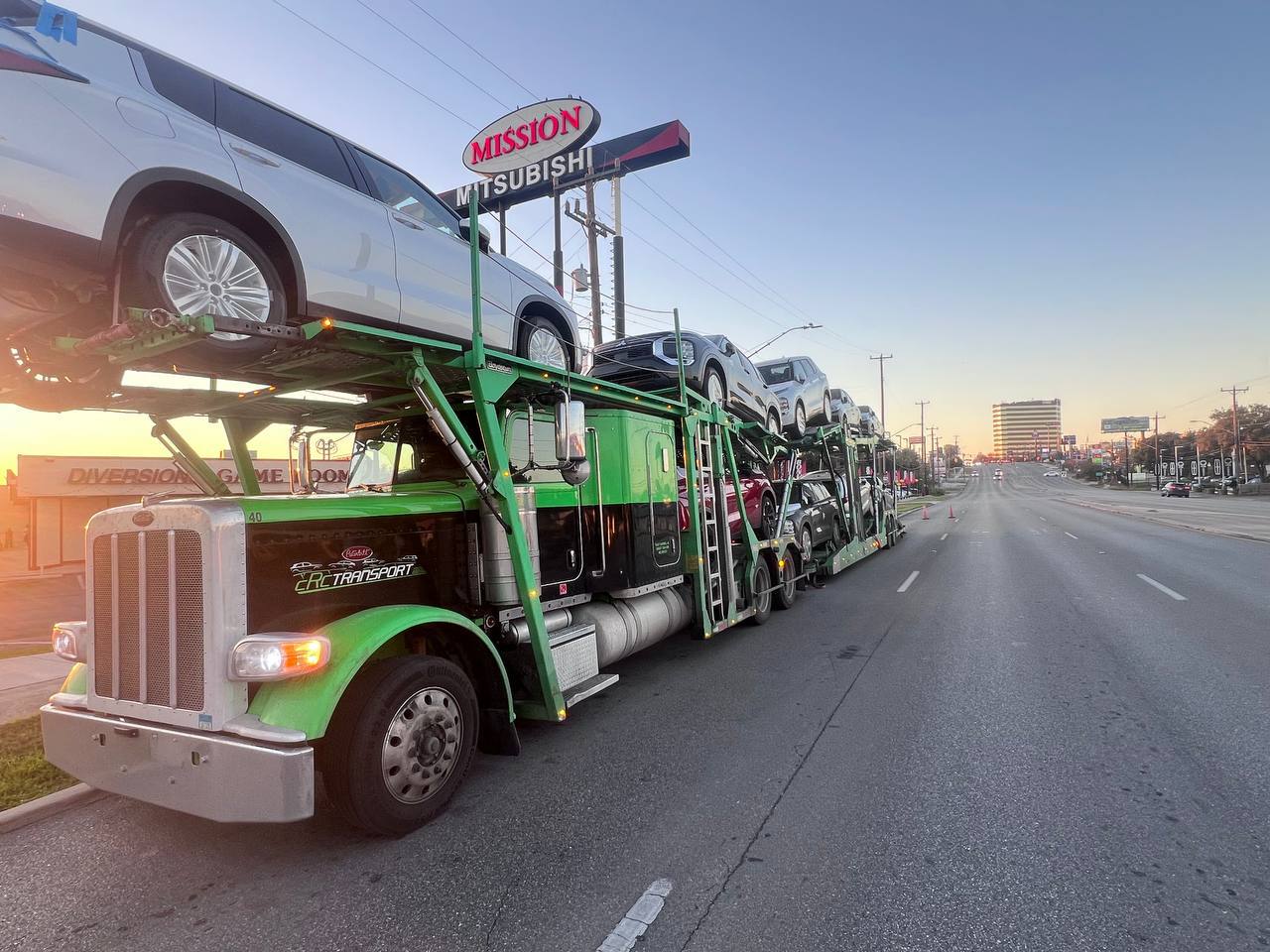Top 5 mistakes to void when transporting your vehicle!

Transporting a vehicle requires careful planning and precise execution. Seemingly small mistakes can lead to costly consequences, delays, or unnecessary stress. To ensure a seamless process, it’s essential to avoid these five common pitfalls. Let’s dive into each mistake and understand how you can avoid them effectively.
1. Choosing a transport company without proper research.
The market is full of transport companies, but not all are equal. Choosing a company based solely on price or availability without proper research often leads to hidden costs, missed deadlines, or poorly handled vehicles.
Selecting an inexperienced or unprofessional company increases the risk of mishandling your vehicle or delays caused by poor planning. Imagine hiring a company with no specialized equipment to handle a luxury or classic car, resulting in scratches or misaligned parts.
How to avoid this mistake:
- Verify credentials, ensure the company is licensed and insured for vehicle transport. Read reviews, look for genuine feedback from past customers on platforms like Google or industry-specific sites.
- Ask questions, inquire about their experience with your type of vehicle and their handling methods.
- Compare options, don’t rely solely on price. Instead, balance cost with quality and reliability.
2. Skipping a pre-transport vehicle inspection.
Neglecting to document your vehicle’s condition before transport can lead to disputes over damages. Many customers overlook this step, assuming everything will go smoothly, only to face disagreements if an issue arises.
Without a clear record of your vehicle’s condition, it’s impossible to hold the transport company accountable for damages. For example, a minor dent or scratch that goes unnoticed could escalate into a larger issue if the transport company denies responsibility.
Avoid this:
- Clean your vehicle to make scratches, dents, or paint imperfections easier to spot.
- Take detailed, timestamped photos from all angles, including close-ups of any existing damage.
- Share these photos with the transport company before pickup and keep copies for yourself.
- Repeat the inspection process upon delivery and compare the condition to your original records.
3. Overlooking insurance details.
Transport insurance is often misunderstood. Many customers assume their vehicle is fully covered during transport, only to find out later that coverage was limited or excluded specific incidents.
If damages occur during loading, unloading, or transit, insufficient insurance can leave you with costly repairs. For example, a customer transporting a sports car discovered too late that loading damages were not included in the company’s basic policy.
Steps to avoid:
- Request a detailed copy of the insurance policy and confirm what’s covered.
- Check if damages during loading/unloading are included.
- If your vehicle is high-value, purchase additional insurance to cover its full worth.
- Understand the claims process and keep documentation of the transport for reference.
4. Failing to prepare your vehicle for transport.
Preparing your vehicle for transport involves more than just handing over the keys. Leaving personal items inside, ignoring fluid levels, or skipping basic maintenance can lead to avoidable problems.
Loose items can move during transit, causing interior damage. Excess fuel adds unnecessary weight, increasing risks, and fluid leaks may harm other vehicles on the carrier.
How to prevent:
- Empty your vehicle of all personal belongings, including electronics and loose items.
- Leave the fuel tank no more than one-quarter full.
- Check for fluid leaks, ensure tires are properly inflated, and secure removable parts like antennas or spoilers.
- Clean the vehicle to facilitate inspections and reduce risks of contamination.
5.Miscommunicating delivery details.
Poor communication about delivery locations, access restrictions, or timing can lead to unnecessary delays or additional costs.
Transport trucks often face challenges with narrow streets, low-clearance bridges, or gated communities. Miscommunication can result in rescheduling or requiring smaller vehicles for the final delivery, which adds time and cost.
Avoid like this:
- Provide detailed information about the delivery address, including any restrictions.
- Discuss access challenges like narrow roads, low bridges, or limited parking.
- Confirm the estimated delivery timeline and maintain open communication with the transport company.
Bonus tips. Additional steps for smooth vehicle transport
Bonus tips. Additional steps for smooth vehicle transport!
Choose the right carrier: Open carriers are budget-friendly, but enclosed transport offers greater protection for high-value or classic vehicles. Plan ahead: Book your transport 2-4 weeks in advance to avoid last-minute price surges. Monitor progress: Many companies offer tracking systems so you can stay updated throughout the process.
Making vehicle transport easier with CRC Transport.
Avoiding these common mistakes is the key to a smooth and hassle-free vehicle transport experience. By thoroughly researching your options, documenting your vehicle’s condition, and maintaining clear communication with your transport provider, you can ensure your vehicle arrives safely and on time.
CRC Transport simplifies the process with professional services built on years of expertise. Whether you’re relocating, purchasing a new car, or transporting a classic vehicle, we’re here to provide reliable and customized solutions tailored to your needs.
Transport done right, trust CRC Transport!
Reliable Experts in Automotive Transportation





